
When the baby has passed the stage of [see what catching what, catching what eating what], he can begin to try to play plasticine.
Before the age of 1, children do not have the ability to play with plasticine.
At this time to play plasticine for children, don’t bring too much purpose. Let the child grab a ball of plasticine at will, pinch, pat, rub and fall at will.
In this process, children can realize the soft texture of plasticine and form a sense of touch of different materials.
1 ~ 2 years old: exercise fine movements
Source: Internet
At this stage, children can play more tricks. However, the vast majority of babies will only pinch, a bucket of good plasticine quickly mixed into a ball.
In addition to letting children [let themselves drift], mothers can also use the following games with their babies.
Step 1 Tear small pieces
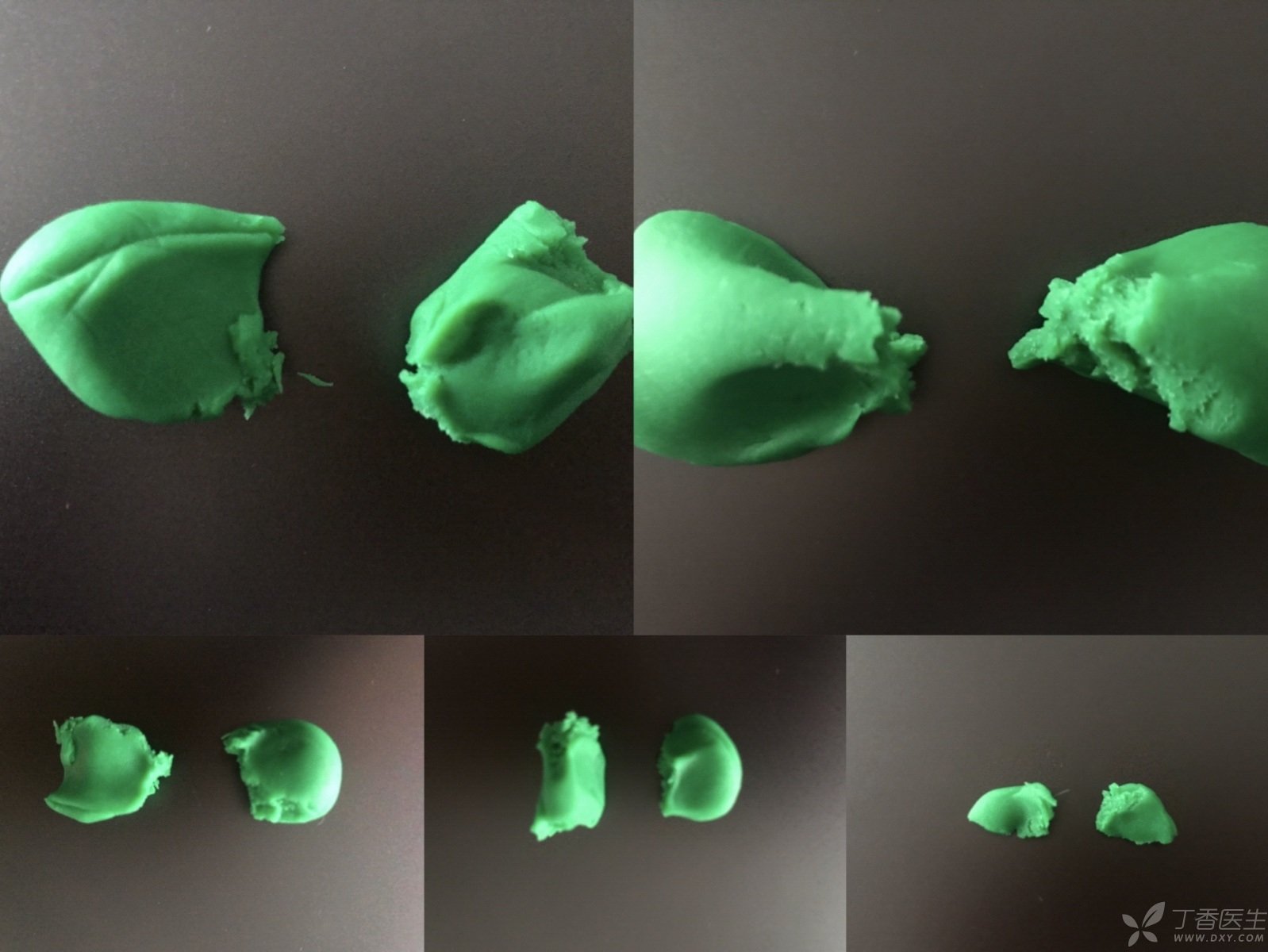
At the beginning, the baby’s play with plasticine was nothing more than merging or tearing up.
When babies like to tear plasticine, it is a good time to exercise fine movements. The smaller the piece is torn, the higher the requirement for the fineness of baby’s finger movements.
When the baby tore the plasticine into two pieces, the mothers can take off half of it in time and let the baby tear the remaining half until it cannot be divided.
Step 2: Planting small trees
Mom can help break the cotton swabs in half and put them aside for later use. Then let the child use the roller tool to roll the green plasticine back and forth to roll out a piece of [small lawn] with a certain thickness.
Then, let the child put the cotton swab without cotton ball on the small green lawn with his finger.
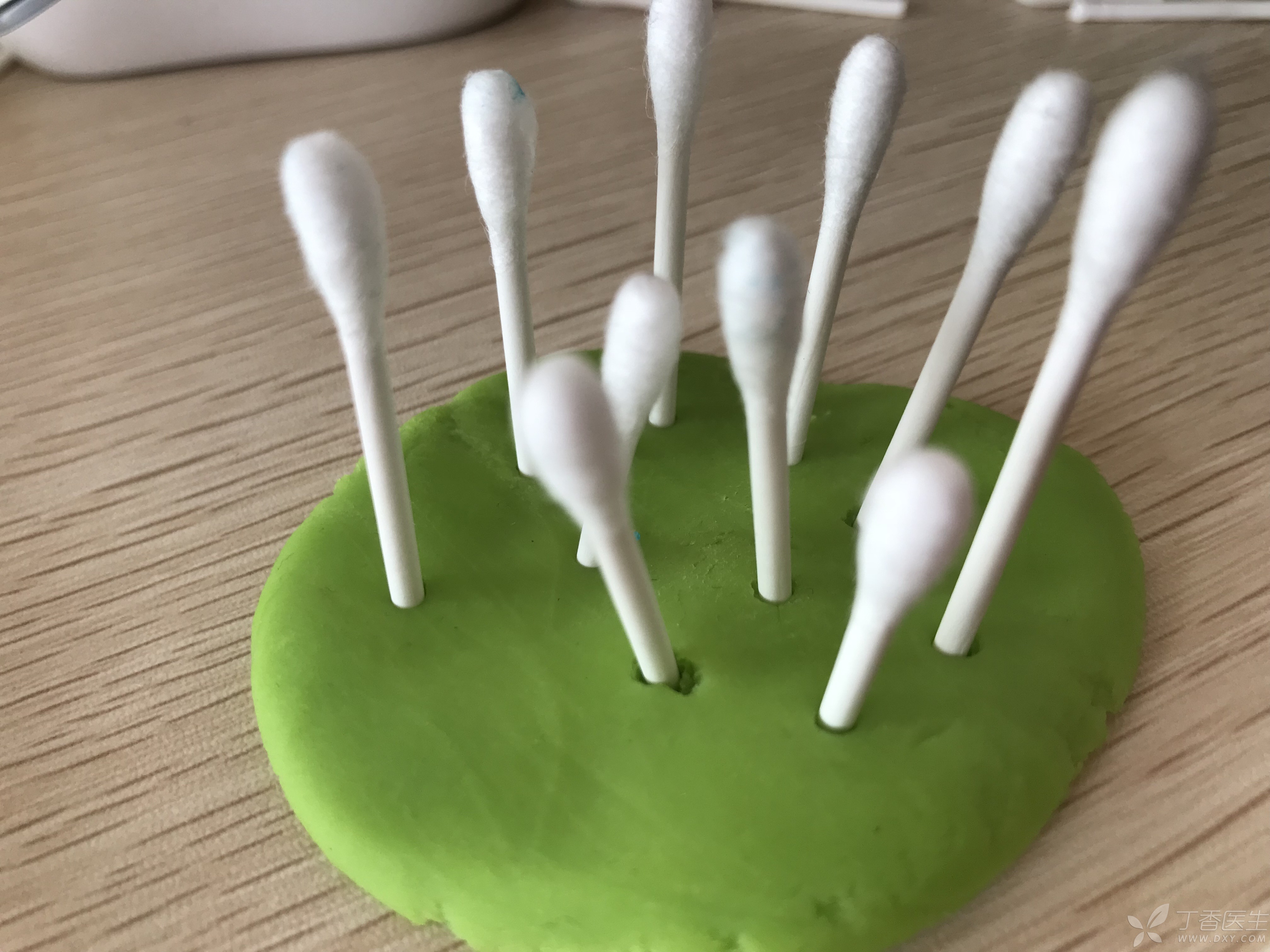
At this time, the child can already pinch things with his thumb and index finger to complete the movement of cotton swabs [planting] on the grass.
This method of play can train children’s fingertip strength and promote the further development of fine movements.
Step 3 Cut the fruit

Help your baby make some simple small fruits in advance, and encourage your baby to cut the fruits with small tools brought with plasticine or hard pieces of paper.
This action can not only exercise the child’s hand muscles, but also help the child to establish a simple causal cognition: after cutting, the whole piece of fruit will be divided into two valves.
Step 4 Match Shapes
Mothers can use baking tools or plasticine’s own shaping tools to shape different shapes with their children to promote their children’s understanding of shapes.
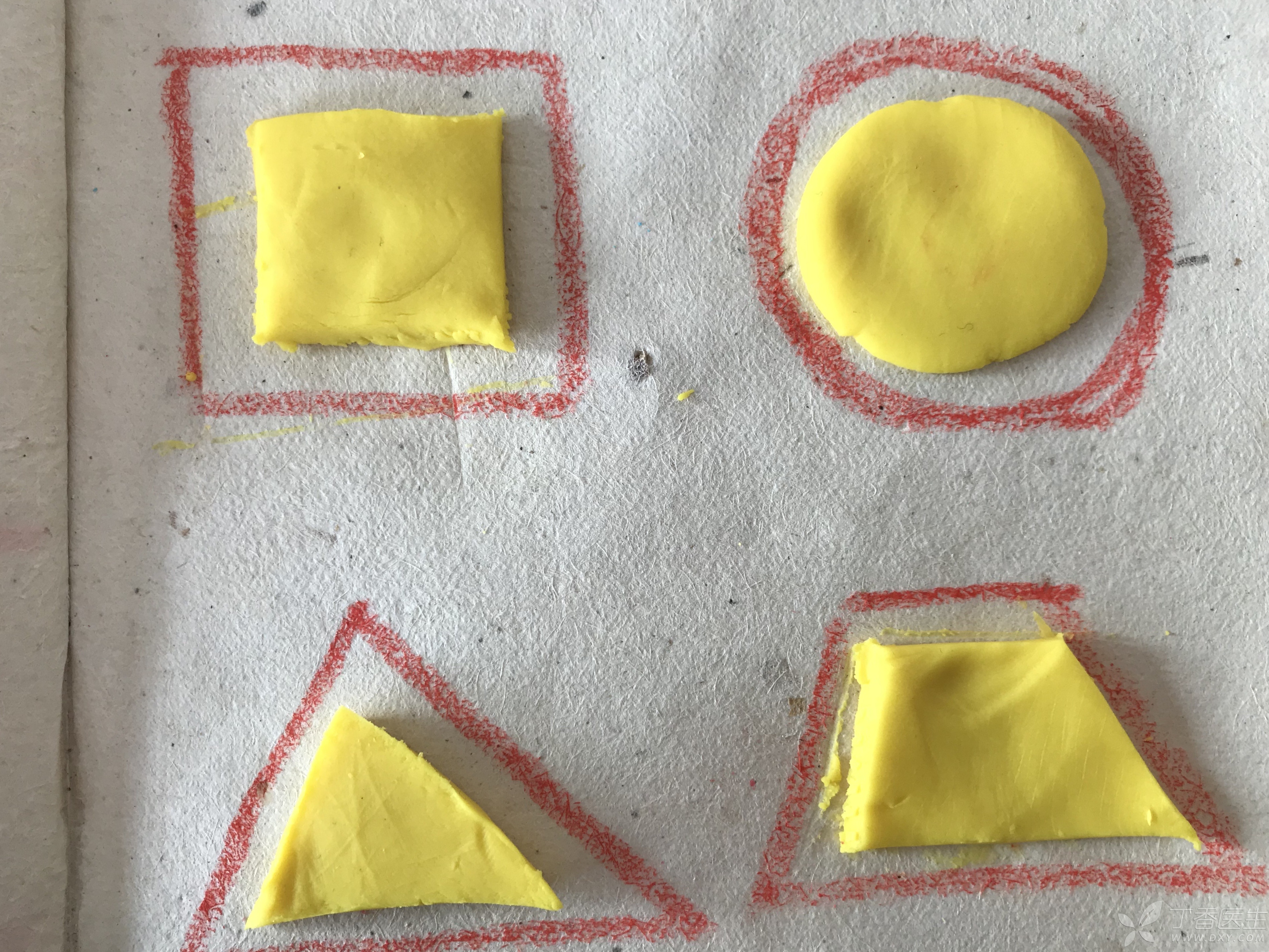
After the baby is familiar with various shapes, he can draw simple figures on the paper so that the child can put plasticine with corresponding shapes into it to deepen the impression of understanding the shapes.
2 ~ 3 Years Old: Cultivating Logical Ability
At this time, the baby gradually became self-conscious and had more ideas about playing plasticine.
At this time, the mother can fully mobilize the baby’s curiosity, thus effectively guiding the child to do more, think more and say more.
1. You pinch me or I say you pinch
Mothers can make different shapes, but don’t be too specific. Let the baby guess it’s what and guide the baby to say it’s what, like where it is.
Or, let the baby say that he wants his mother to make the shape of how, let the mother make it, and then let the baby comment on whether it looks like it or not, thus helping the baby to establish associations between things and enriching the child’s imagination.
2. One radish and one pit

Mothers can use colored pens to draw some spaces or broken lines on white paper at will to encourage children to place plasticine cakes in the corresponding cubicles.
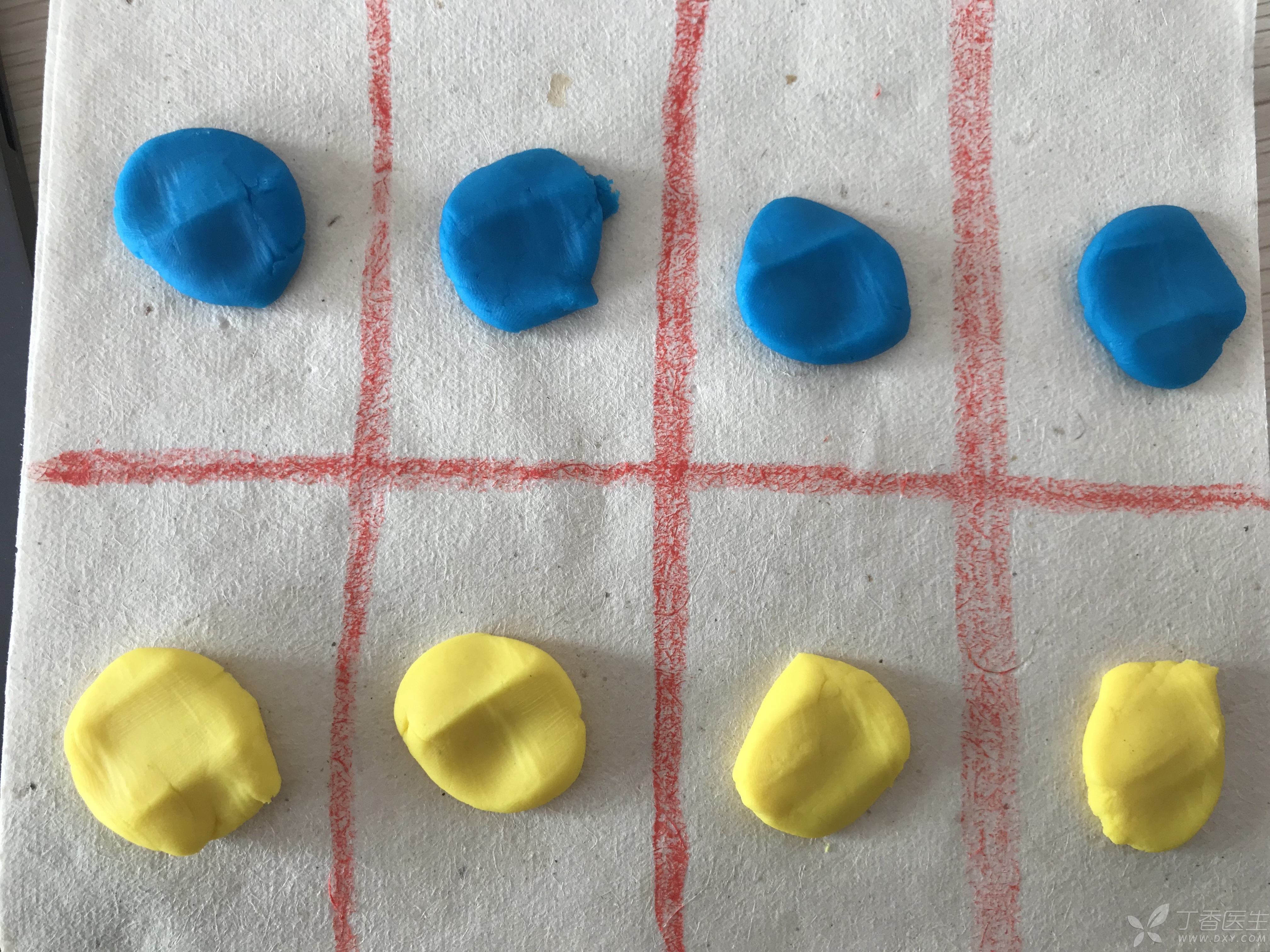
This kind of play can help the baby to have a certain understanding of the changes in plane space, and can also cultivate the child’s concentration. In the process of filling plasticine, children can gain a certain sense of satisfaction.
STEP 3 Know Colors
If children are going to know colors through plasticine, mothers can try to give only one color of plasticine at a time, such as red plasticine.
Next, think with your baby about what red things you can do: strawberries, tomatoes, apples……..
This can train the baby’s thinking ability and help the child to establish the connection between this color and real objects in life.
Step 4 Find the facial features
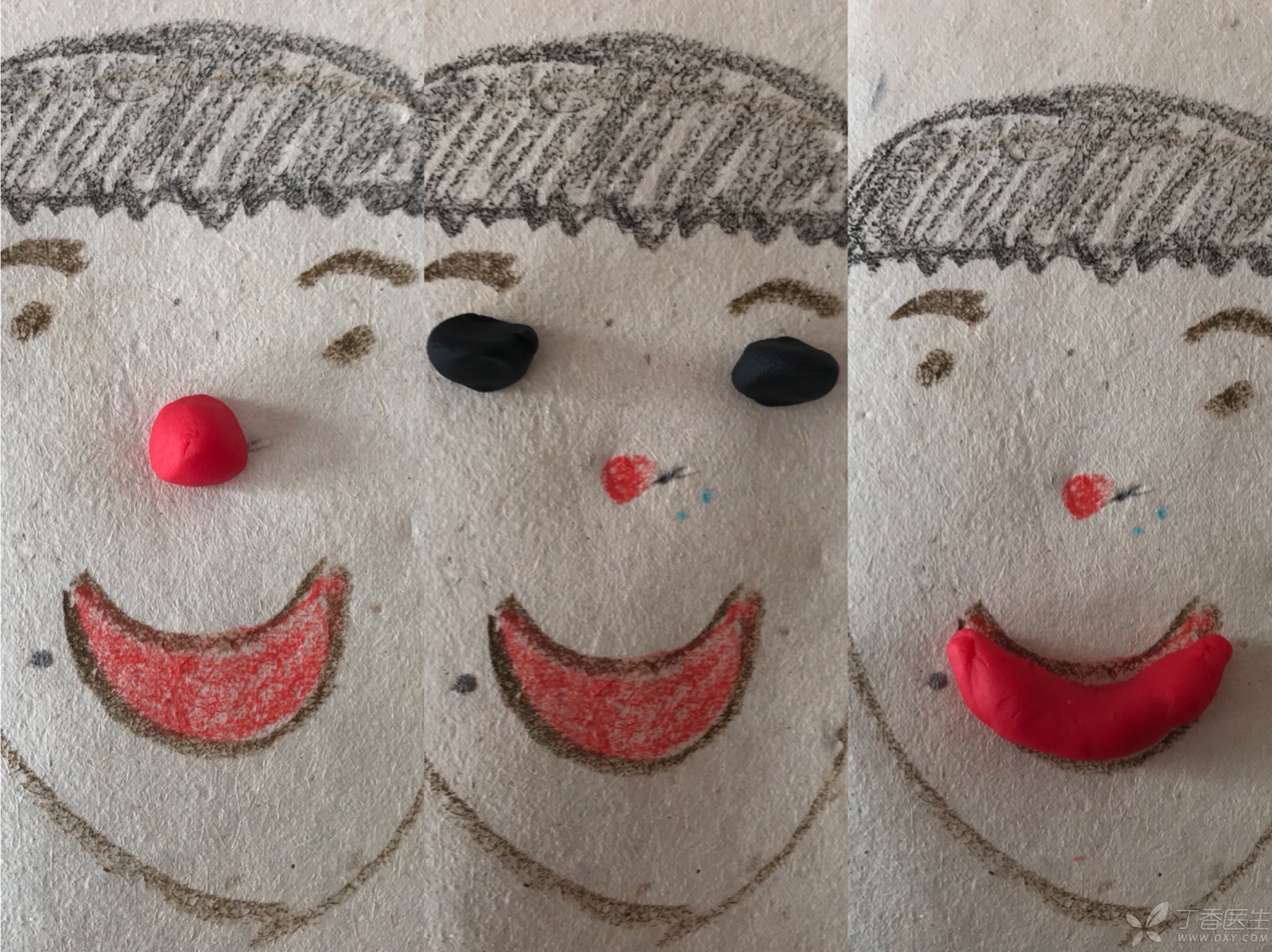
Mothers can draw a face on cardboard and let their children post the location of a certain facial feature with plasticine.
Only one facial feature vacancy is needed on the picture, so that the baby can fill the nose, eyes and mouth in turn.
5. Sealing
Plasticine is soft and easy to deform, and has seal function that other toys do not have.
Mothers can find some common and textured things in life, such as coins, leaves and so on, so that their babies can cover them on plasticine and print out textures.
In this process, the baby will feel very magical, and some simple causal relationships can also be obtained.
After 3 years old: introducing numbers and space
After the baby reaches the age of 3, all aspects have entered a period of rapid development. At this time, plasticine play becomes more interesting and advanced.
1. Mathematics Enlightenment
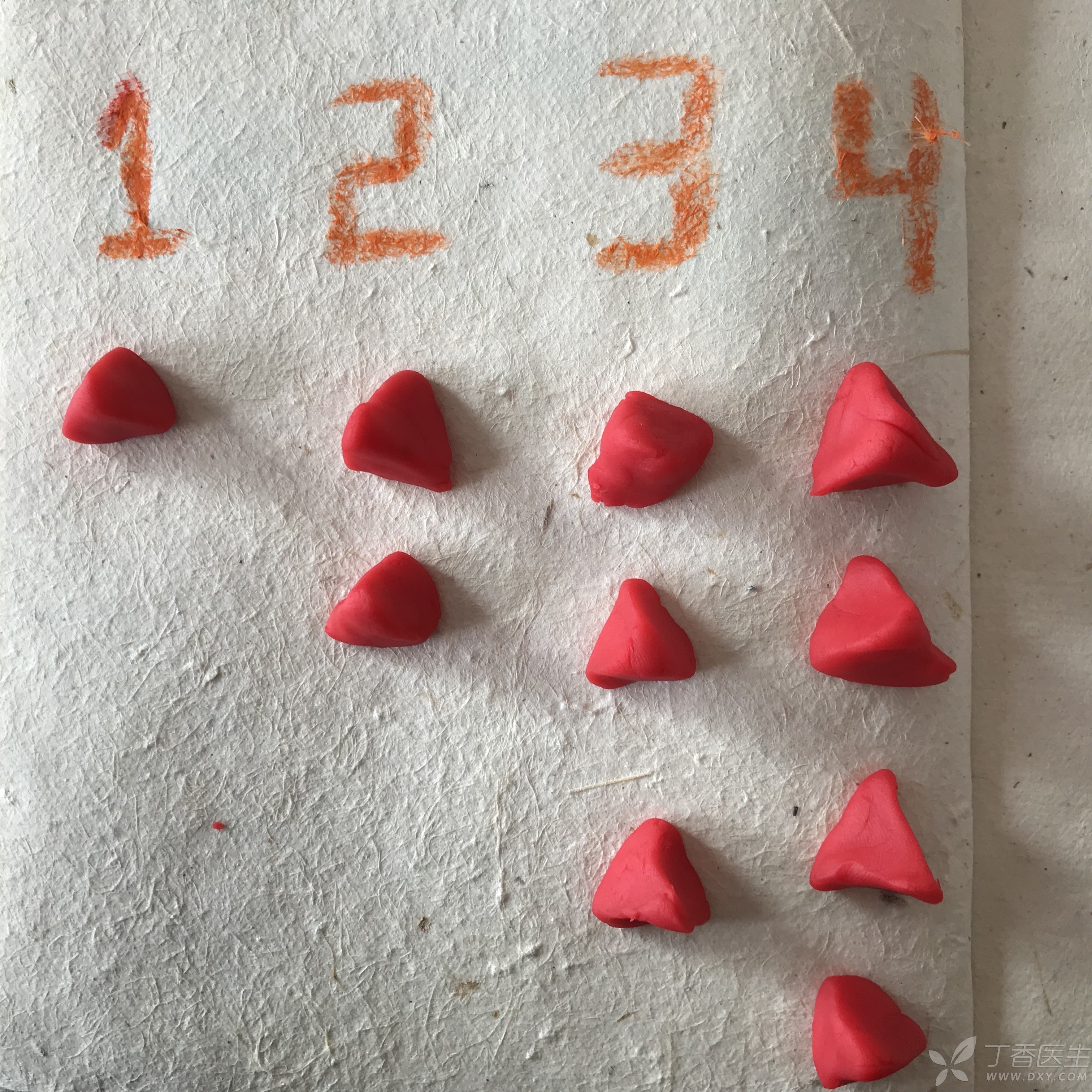
At this time, mothers can introduce some simple concepts to their children, such as making a large and small circle with plasticine of the same color, which is identified by the children, and teaching the children that what is big and what is small in comparison.
At this time, the concept of numbers can also be appropriately introduced, and some small objects with the same shape and color can be pinched with plasticine, and the concept of [1234] can be understood by children through drawing.
2. Understand three-dimensional space
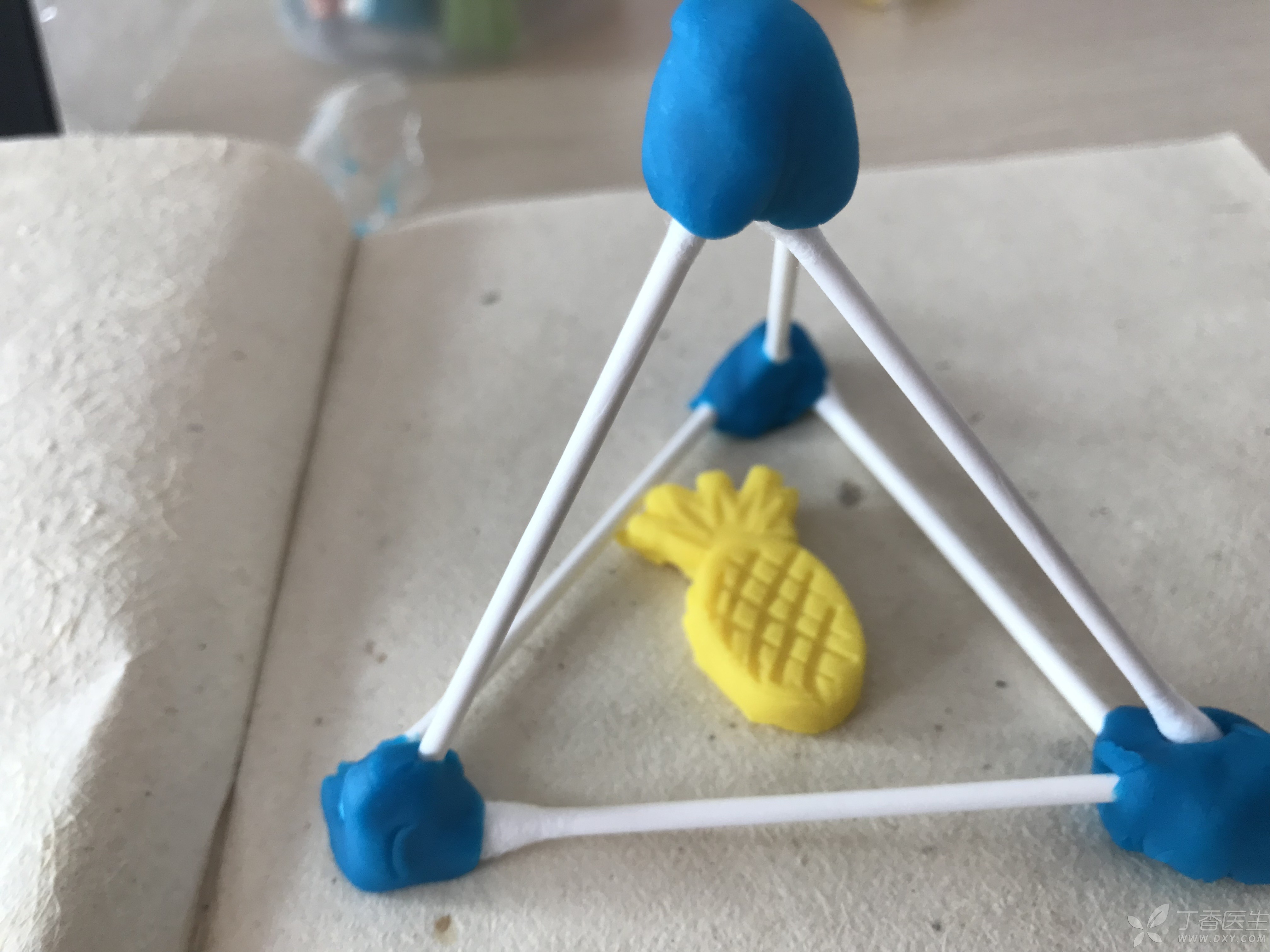
Encourage children to use some cotton swabs and popsicles to build different spaces.
You can give the child a model, encourage the child to observe for himself, and then use plasticine as a connection point to build the space again.
Or, without reference, let the children continue to explore and try to create some unconstrained space shapes.
In this process, children’s spatial imagination, practical ability and creativity can be developed.
3. Play with various materials

Children are encouraged to combine various materials to play with plasticine, and use paper, buttons, leaves and other small parts available in life to create semi-three-dimensional and semi-planar plasticine models with plasticine.
Of course, when taking the baby to play with plasticine, mothers need to keep an eye on the younger baby at all times, because they are really too easily confused by the fragrant taste and bright color of plasticine and swallow it carelessly.
In order to cope with this frequent situation, mothers can choose plasticine that is safe to swallow or make it themselves. Buy some flour, tata powder, water, salt, cooking oil and food pigment, and make plasticine at home.
Have mothers learned so many games? Take out the idle plasticine at home tomorrow and play with baby.
